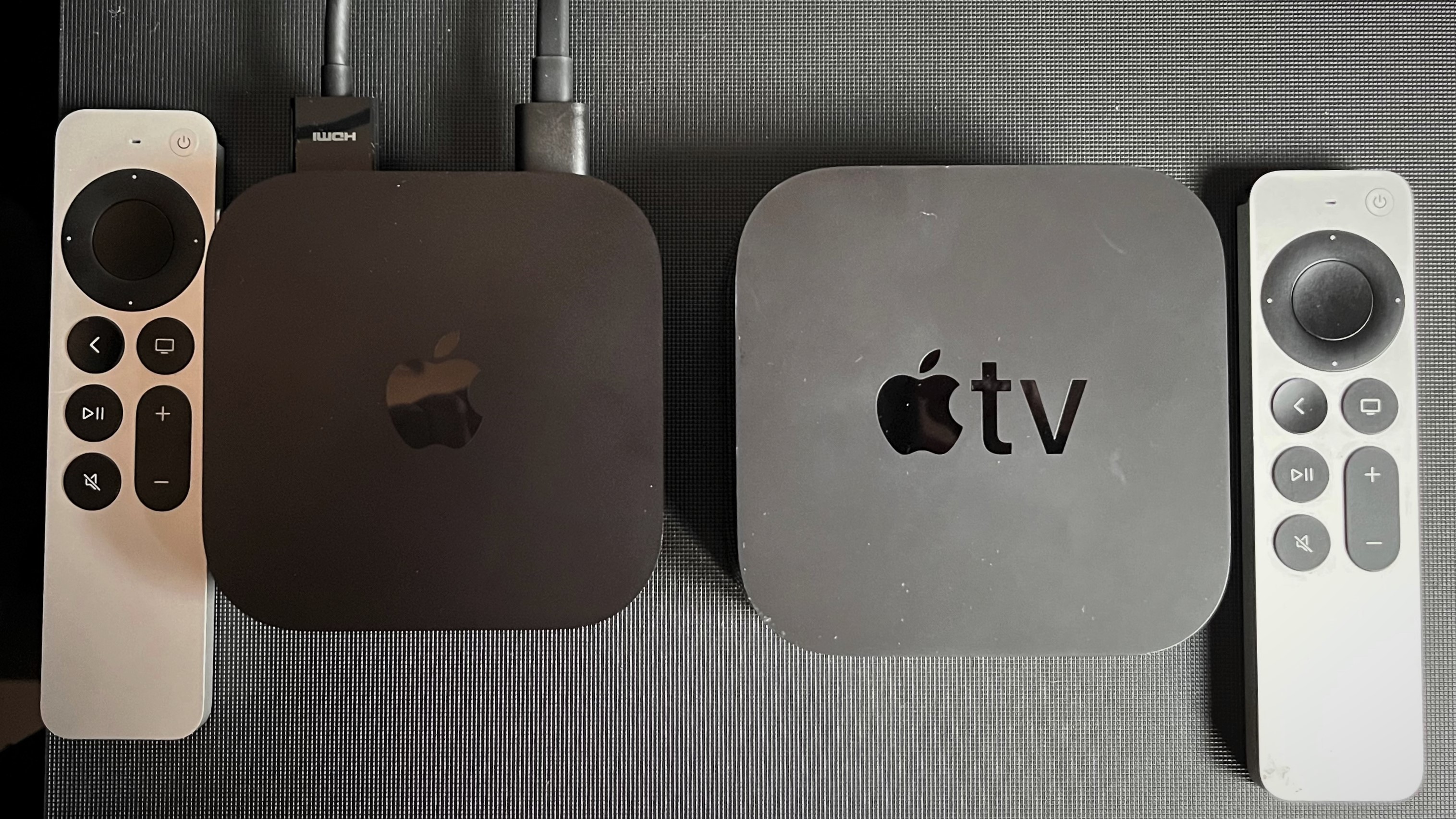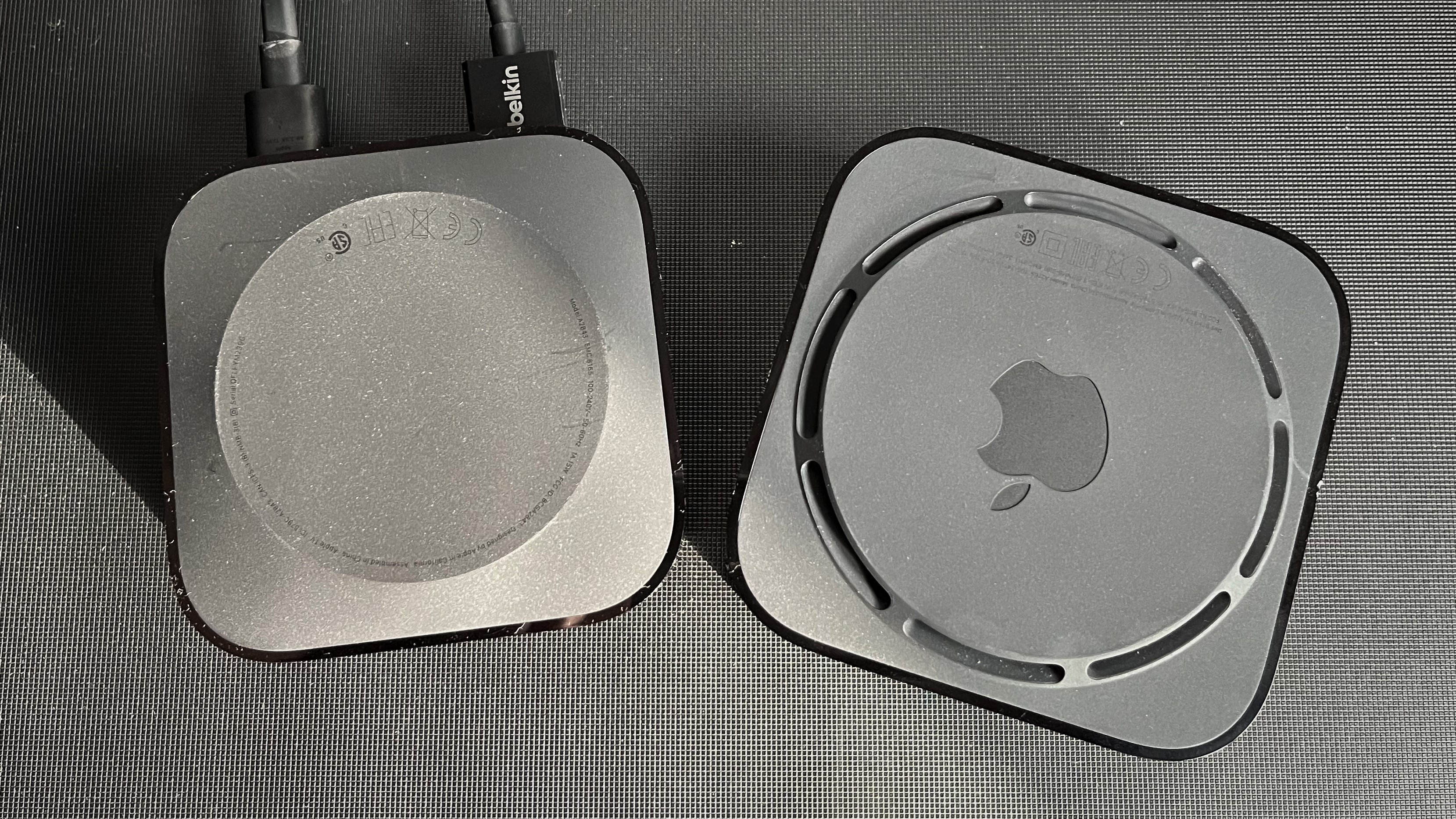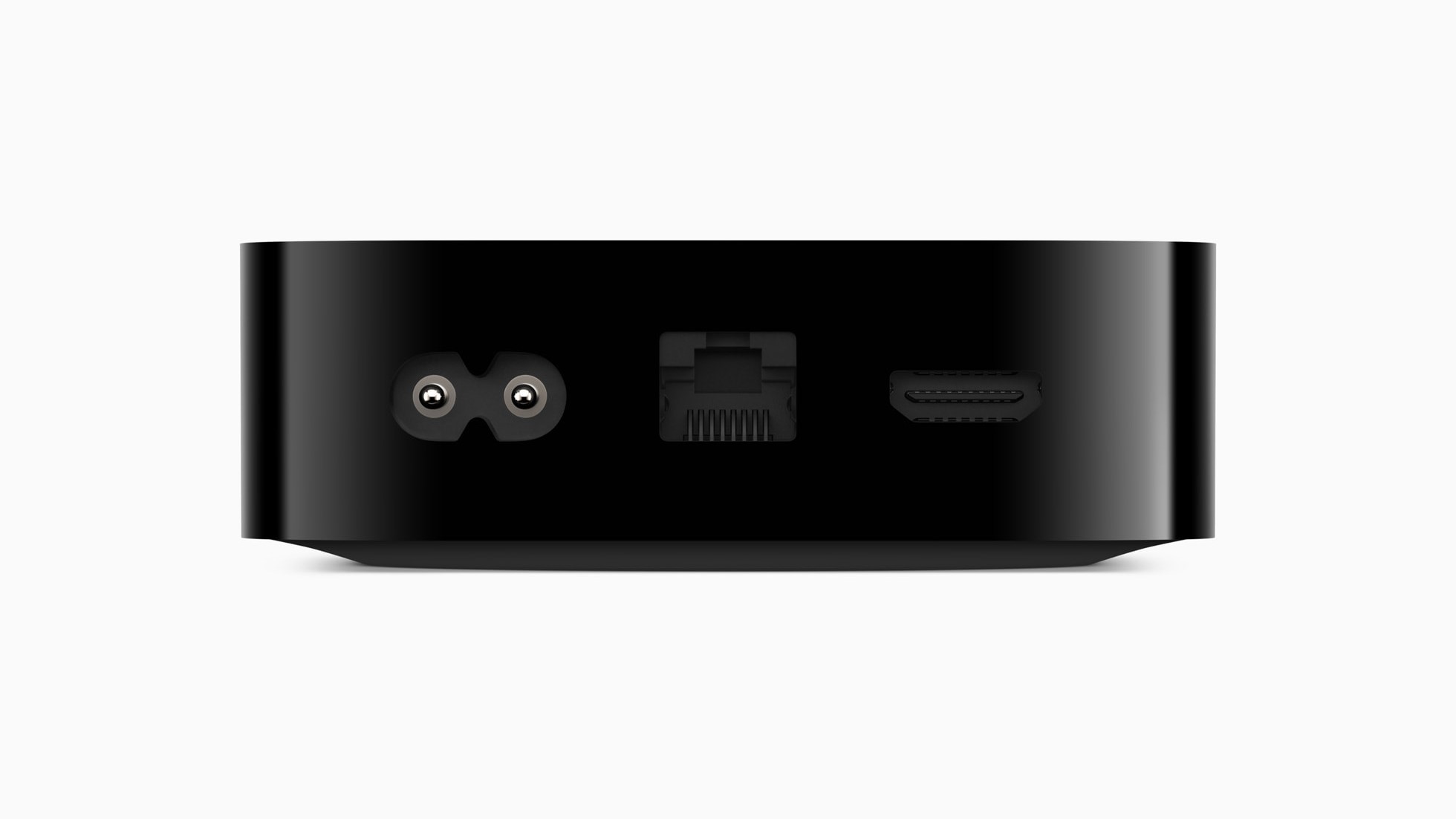I tried the new Apple TV 4K, and it beats its predecessor in 3 key ways
A better box, and a cheaper one, too

As a user of the Apple TV 4K model that arrived in 2021, I have few, if any, complaints to make about the performance of Apple’s second-generation 4K streaming box. Its A12 Bionic processor enables quick, fluid navigation of apps and other features of its onscreen interface, and the video performance and audio support are all first-rate. And even though I’m not much of a gamer, I have found playing Apple Arcade games on the Gen 2 Apple TV 4K using its bundled Siri remote control to be a more than satisfactory experience.
But now the third-generation Apple TV 4K is here, and it arrives with a number of improvements. None of these are really game-changers that would motivate an owner of the Gen 2 streamer to upgrade, but if you’re looking to add the absolute best of the best streaming devices to your TV, the new Apple TV 4K is the box to beat.
Before we get into details of the improvements Apple has made to its new 4K streamer, let’s list the specs and price:
- 64GB with Wi-Fi: $129 / £149 / AU$205
- 128GB with Wi-Fi and Ethernet: $149 / £169 / AU$225
- Available starting Friday, November 4
When Apple first announced the new Apple TV 4K back in early October, I wrote about some of the features that I expected to see in a next-gen box that were missing. Now that I’ve had a chance to get actual hands-on experience with it, I’m finding a number of things to like about the Gen 3 Apple TV 4K, and not just the fact that it’s priced lower than the previous version.
It’s faster
The A15 Bionic chip that powers the new Apple TV 4K is said by the company to deliver up to 50 percent CPU and up to 30 percent GPU performance improvements over its predecessor. That’s a significant specs upgrade for a streaming device that already offered smooth and highly responsive on-screen navigation!
To get an idea of how fast the new box was, I did an A/B comparison between the two. While I can’t say the difference was striking, I did sense a very slight amount of lag when opening apps and scrolling through the Apple TV interface when using the Gen 2 version. The new box, on the other hand, was remarkably fluid, with remote control commands receiving almost instantaneous response.
Gaming was similarly fluid and fast: when I launched the snowboarding platformer Alto’s Adventure in Apple Arcade, it opened up immediately and the smooth graphics and rapid-fire response to my remote control commands made the gameplay thoroughly engaging.
Sign up for breaking news, reviews, opinion, top tech deals, and more.

It’s smaller
Apple may be studiously avoiding producing a cheap stick version of Apple TV 4K, but the company is nonetheless making progress toward shrinking the size of its streaming hardware.
The new Apple TV 4K has a notably more compact form than its predecessor – something the company achieved by using a passive design that eliminates the internal fan. It also loses the “TV” part of the Apple TV logo (a space issue?), with just the main Apple icon imprinted on its top surface.
The Siri remote control that comes with the new box is basically the same as the previous version, though it now sports a USB-C port for charging as opposed to a Lightning connection. It looks like future Apple devices will all be losing Lightning in favor of USB-C, so the addition of that feature to the new Apple TV 4K makes it future-proof – no need to maintain a Lightning cable specifically for charging a Siri remote.
It has better features
The previous Apple TV 4K was loaded with great video features, including 4K resolution at up to 60fps, Dolby Vision HDR, and both match frame rate and match dynamic range options that allowed it to output video with the same frame rate and HDR encoding as the source material being streamed.
The new Apple TV 4K adds HDR10+ to the list of supported high dynamic range formats. In doing so, it lets the box stream shows mastered with that format from Amazon Prime Video, Hulu, Paramount Plus, and other services that support it. And while HDR10+ isn’t nearly as widespread as Dolby Vision, adding it to the new box lets Apple better compete with the Amazon Fire TV and Roku streamers that are compatible with the format.
Another forthcoming Apple TV 4K video feature is QMS (QMS VRR) support, which should be added via a firmware update later this year. QMS (Quick Media Switching) lets the box switch between video output of different frame rates – 24fps and 60fps, for example – without any visual glitches or dropouts.

Otherwise, everything that was useful and good about the Gen 2 Apple TV 4K has been carried over to the Gen 3 version. You’ll get fast and easy setup using an iPhone – something that also allowed me to port over an identical app layout from my Gen 2 box – Control Center for setting up family profiles and making temporary audio output selection for listening with the best Bluetooth wireless headphones, Siri remote voice searches and control, and more.
I’m looking forward to digging in deeper with the new Apple TV 4K and will follow up with a full review. In the meantime, my initial hands-on experience with the new box confirms my opinion that Apple still makes the best video streaming hardware, and its integration with the company’s devices and services is now better than ever with the arrival of tvOS 16.1. The fact that it’s cheaper than its predecessor is just icing on the cake.

Al Griffin has been writing about and reviewing A/V tech since the days LaserDiscs roamed the earth, and was previously the editor of Sound & Vision magazine.
When not reviewing the latest and greatest gear or watching movies at home, he can usually be found out and about on a bike.